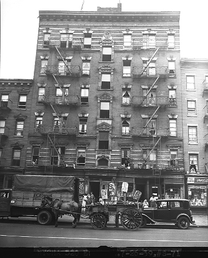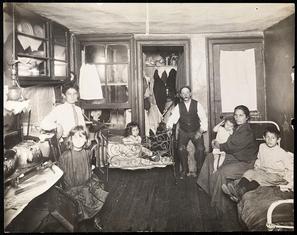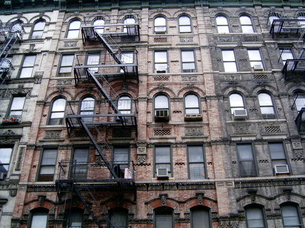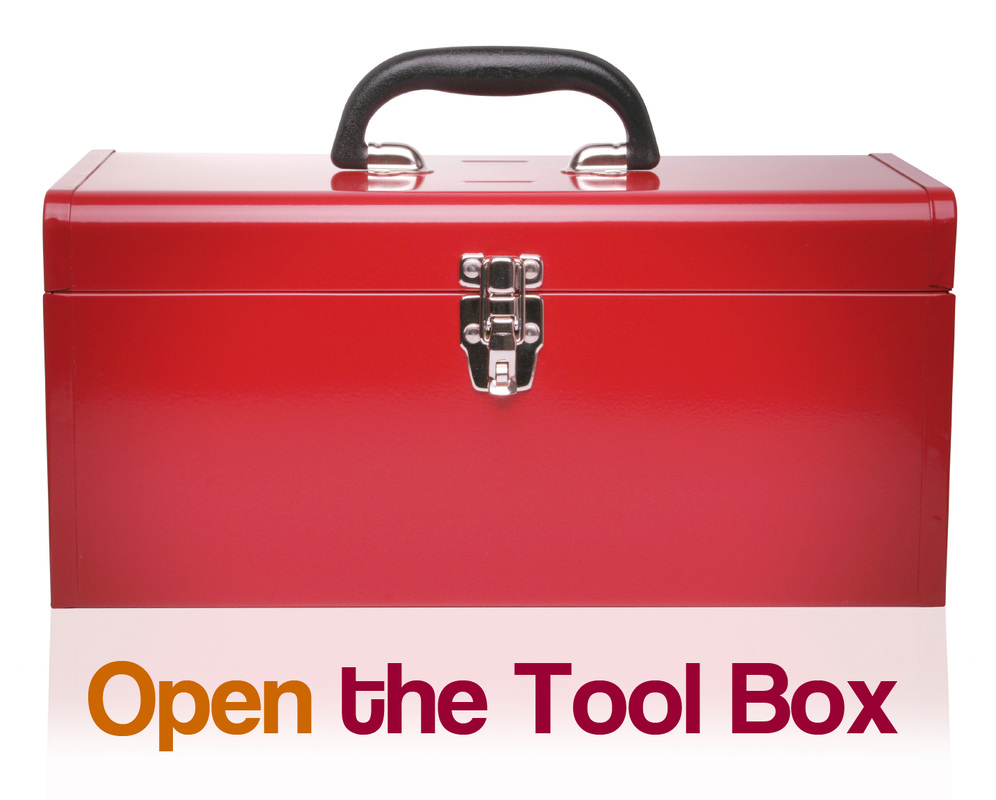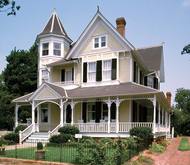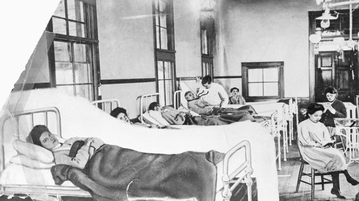Unit 3: The Industrialization Age
TOPIC 2: URBANIZATION
TOPIC 2: URBANIZATION
LESSON 6:
THE NEGATIVE IMPACTS OF URBANIZATION
FOCUS ACTIVITY
Lesson Mission
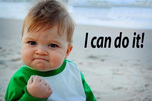
DIRECTIONS: Remember, the Lesson Mission is what you will be able to do after the lesson is over. Begin today's Lesson Chronicles Entry by heading your paper with your name and the date and the Lesson Title. Write down today's essential question. Answering the essential question at the end of the lesson is your Lesson Mission!
Essential Question(s):
How did urbanization negatively impact the people living in big cities?
TEACHING ACTIVITY
Simulation
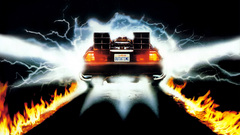
DIRECTIONS: We will begin today's lesson with a urbanization simulation. I am going to give you all a piece of white paper. I am going to read you a story. When I instruct you to do so, you will draw certain things on your paper based on my instructions. You may follow along with the story in the slideshow below, but make sure you are drawing the pictures that I am instructing you to throughout the story. We will discuss your drawing when we are done with the story. You will glue these into your lesson chronicles under Simulation Activity when we are done with discussion.
WHOLE GROUP ACTIVITY
Guided Reading
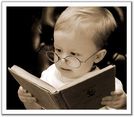
DIRECTIONS: We are now going to read today's text. Remember, we will stop after each section to identify the main ideas and talk about the vocabulary. Remember to create a vocabulary section in your lesson chronicles and copy down all vocabulary words and definitions.
~ LIFE IN THE BIG CITY ~
URBAN SPRAWL
|
When the centers of cities became full of people, the wealthy class and some of the middle class moved outside the city center to escape the overcrowded, dirty conditions. These areas outside the center of the city were called suburbs. They were clean and had plenty of green spaces. Some tenements were also constructed on the outskirts of the city but they were built in undesirable areas close to stockyards or slaughterhouses. The movement to the more rural areas outside the central city areas is referred to as urban sprawl. |
Queen Anne Style Home - popular among the middle class in the suburbs in the early 1900s
|
LACK OF PLANNING
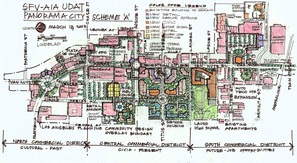 Urban plan schematics
Urban plan schematics
Rapid urbanization in America was accelerated by industrialization and the influx of migrants and immigrants into cities. Because urbanization happened so quickly, cities’ populations grew at an incredible rate. Populations increased so quickly that there was very little time for urban planning.
|
The lack of planning and a proper infrastructure led to many social problems during American urbanization. First of all, there were not enough police stations and fire departments to service everyone in the city. There was also a lack of proper waste disposal systems which made sanitation was a huge problem. The sewer systems were inadequate leading to high amounts of untreated waste and raw sewage. Great numbers of people had to share just one toilet. |
Mary Mallon, known as "Typhoid Mary," was a cook who carried the bacteria that causes typhoid fever, a form of salmonella that can cause fever, diarrhea and death. Mary Mallon was immune to the disease. Authorities figured out that her work as a cook had caused the city's typhoid outbreak and put her in quarantine for 3 years! She promised never to cook for others again, but broke her word. In 1915, she was sent back to quarantine for the rest of her life - 23 more years.
|
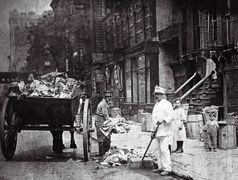 New York City before Sanitation Planning
New York City before Sanitation Planning
Inadequate sanitation caused contamination of the water supply and triggered deadly epidemics of cholera and typhoid fever. Pollution was another major issue. In the early stages of urbanization horse waste was left in the streets and the smoke from factories and chimneys polluted the air too. It was bad enough that people became sick from contaminated water, congested living conditions, and pollution, but to top it all off, there were not enough doctors’ offices or hospitals to treat people.
CRIME
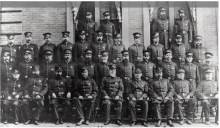 Boston Police 1900
Boston Police 1900
Cities developed crime problems because there were so many new people, but not enough policemen. Theft became a huge problem because there were not enough policemen to patrol problem areas or investigate crimes.
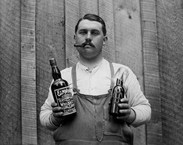 Alcoholism was a major problem among the poor.
Alcoholism was a major problem among the poor.
Many crimes were also committed as a result of alcohol. Many of the poor, especially men, would drink alcohol because they believed it helped them to forget about how miserable their lives were.
|
Many of the men of this time had been raised to believe that it was their job alone to support their families. They felt ashamed, humiliated, and depressed because their wives and children were forced to work just for the family to survive. They felt that there was no way out of the poverty trap. Because their children were forced to work to help the family, they were unable to go to school and get education. Without an education they would never be able to get better, skilled jobs.
Hopelessness and despair cause the poor to commit crimes that they would not commit otherwise. Drunken fights, petty theft and robbery were common. As hopelessness and despair plagued more and more people, resentment and anger led people to murder as well. |
Larceny is taking someone else's property without the use of force from a location other than inside their home. Pick-pocketing and horse theft were common forms of larceny.
|
|
The picture above is of Michael “Hinky Dink” Kenna (left) and John Coughlin, known as “Bathhouse John” (right). These men along with others made up one of the first political machines in America. Political machines are a group a people in the same political party that work together to get their members elected into public offices to run a city and use their positions in office to give each other favors. Kenna and Coughlin were known to run illegal gambling rings in Chicago.
|
The poor were not the only ones committing crimes. They just had a better reason to. Many middle and wealthy class men owned businesses and held political offices. Their desire to make more money; gain more power; and keep their political offices sometimes led to political corruption. Political corruption is when a person holding a political office uses his or her office for personal gain. Sometimes the corruption was illegal, or against the law. Illegal actions were crimes such as bribery and fraud. Other times, the corruption was unethical. This means that their actions were not crimes but they were still not good. Unethical actions were actions such as lying, giving favors, or bullying.
During this time, police did not usually focus on political crimes for several reasons. For the most part, police officers were busy taking care of more violent crimes. Sometimes police officers were bribed by middle class and wealthy men to look the other way. Other times, the police and political officials were the ones committing the crimes and people with less power and money were afraid of crossing these corrupt officials.
|
SMALL GROUP ACTIVITY
VIRTUAL TOUR
INDIVIDUAL ACTIVITY
Answering the Essential Question

A Lesson Chronicles Activity is an individual activity where you prove that you accomplished the lesson mission. Lesson Chronicles require you to keep a notebook or journal with a table of contents. Each entry should be dated. First, you write the lesson mission. Then you prove you "can do" whatever the mission says by answering the essential question of the lesson in PQA format. Remember PQA format means "Put the Question in the Answer".
DIRECTIONS: Work by yourself to prove you have completed today's mission successfully by answering the essential question for today. Answer the question on the first page of your Lesson Chronicles under your Lesson Mission. Don't forget to glue your Urban Game Map into your Chronicles.
HOMEWORK
Finish the Lesson and Family Time
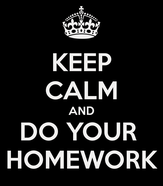
Remember, you have homework every night in Social Studies. Your homework is to show your Lesson Chronicles to your family and tell them what you learned today. Not only will this give you quality time with your family but it will help you review for your unit test. Go over your lesson chronicles entry from today everyday to help you study for the Topic Quiz and Unit Test.
If you did not complete any assignments from today, they are homework. You never know when I am going to check chronicles, so make sure you are keeping up!
If you did not complete any assignments from today, they are homework. You never know when I am going to check chronicles, so make sure you are keeping up!
END OF THE TOPIC 2 LESSON 6 MODULE
|
Congratulations!
You have Completed the Topic 2 Lesson 6 Module! This is a photographic slide show set to music, showing the tenements and what life was like in big cities at the turn of the century. This is a youtube video. Please raise your hand to view this video. You may view it anytime at home.
|
Resources Used in this Lesson
|
Dye, Tim. The Urbanization Project. Urban Geography. Indiana University – Purdue University Indianapolis, n.d. Web. 05 Mar. 2015. <http://www.google.com/url?sa=t&rct=j&q=&esrc=s&source=web&cd=2&ved=0CCUQFjAB&url=http%3A%2F%2Fwww.iupui.edu%2F~ghw%2Flessons%2Fmaterials%2FUrbanGame.doc&ei=Wc74VIHyHoecygS2zIG4Aw&usg=AFQjCNE85GDp3CivWpK0u_q1rq9J8ia9GA&sig2=fR4Uvb7DMgUhqeHuUU1teA&bvm=bv.87519884%2Cd.aWw>.
|
